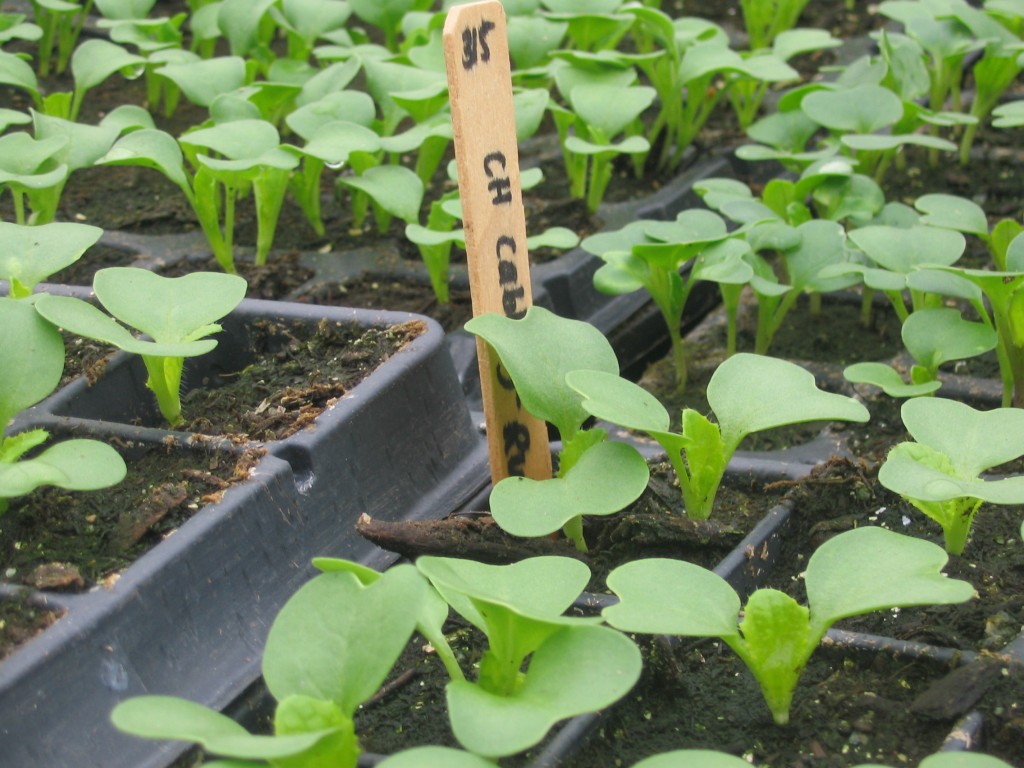Just Added in April 2010: What is Brix? a new Brix Bounty Blog entry, including an archived webinar and additional links…
In 2008, we moved to our new farm in Dartmouth, sometime during that first summer we landed upon a name for our farm… Brix Bounty Farm.
One of the first seasons I was farming, in 2002, back at Waltham Fields Community Farm, I remember a conversation I was having with my co-apprentices: “How do we really know how nutritious our vegetables are? Do our carrots really contain the amount of beta-carotene that the USDA states? Might they contain more?”
We started our farm in part to address these questions from my first season growing vegetables… It was while I was a part of the farm team at Hawthorne Valley Farm that I became increasingly interested in the correlation between soils and nutrition. Rudolf Steiner, whose lectures formed the foundation of Biodynamic Agriculture, addressed the need to care for the soils if we want to grow adequate nutrition for our communities.
Reading a long series of writings from Dr. William Albrecht is what sent me into a full on mission to better understand soil science and grow more nutritious vegetables; that and learning about the reality of nutrient degradation in our fruits and vegetables over the past 60 years that industrial agriculture has grown to dominate our production systems. As we work to improve our soils we are actively seeking healthier crops that will not only be more resistant to diseases and pests, but will contain higher mineral levels and better flavor. One of the ways we can monitor our crop quality is using a refractometer to measure brix levels.
Brix refers to a measurement of light refraction of a substance, in our case either plant sap or juice from a vegetable. Primarily, its the sugar levels in the sap or juice that contributes to the brix level, but mineral content will also increase the brix level. Generally higher brix levels are correlated with healthier plants. Since sugars are the result of photosynthesis in the plant, we named our farm Brix Bounty in honor of the bounty that we receive from the photosynthetic process.
The movement to grow Nutrient Dense Foods has been gaining steam over the past few years. We at Brix Bounty Farm are working to assist nature in developing vibrant mineralized soils that will be capable of growing healthy nutritious vegetables for our community. Anyone who has farmed or grown vegetables using natural methods, will recognize that this process doesn’t happen overnight. Each season, we experience better crop quality in our fields as we travel further on our quest toward Nutrient Dense Crops. I highly recommend visiting the Real Food Campaign to learn more about regional and national efforts to focus on crop quality. They have a wealth of resources for growers and consumers.
